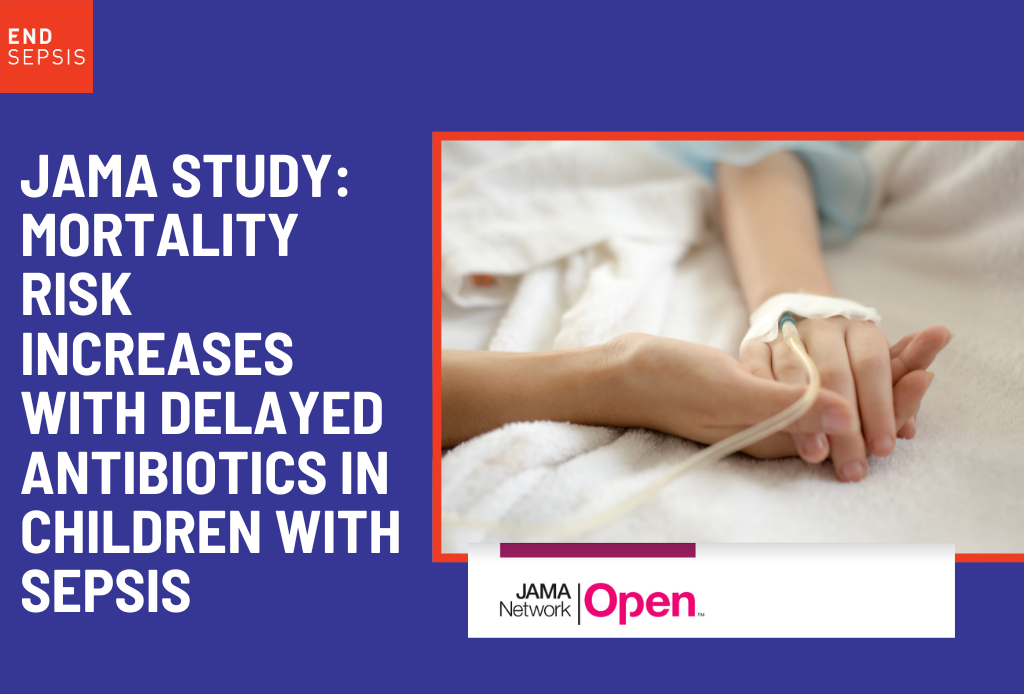
The Journal of the American Medical Association (JAMA) recently published findings from a study titled “Delays to Antibiotics in the Emergency Department and Risk of Mortality in Children With Sepsis.” This retrospective cohort study utilized data from the Improving Pediatric Sepsis Outcomes (IPSO) collaborative, which includes 51 US hospitals and 19,515 children aged 29 days to less than 18 years. The study provides new insights into the critical issue of antibiotic timing and its association with sepsis-related mortality in pediatric patients.
Study Goal
The primary objective was to identify the time points when delays in antibiotic administration are associated with increased mortality risk in children with sepsis.
Findings
In this multicenter cohort study of 19,515 pediatric patients with sepsis, recognized within one hour of emergency department arrival, antibiotic administration beyond 330 minutes was associated with an increase in both 3-day and 30-day sepsis-attributable mortality.
The findings suggest that long delays in antibiotic therapy are associated with an increased risk of mortality among children with sepsis.
Detailed Results
- The median (IQR) time to antibiotic administration was 69 (47-116) minutes.
- The estimated time to antibiotic administration at which 3-day sepsis-attributable mortality increased was 330 minutes.
- Patients who received antibiotics in less than 330 minutes (19,164 patients) had a 3-day sepsis-attributable mortality of 0.5% (93 patients) and 30-day mortality of 0.9% (163 patients).
- Patients who received antibiotics at 330 minutes or later (351 patients) had a 3-day sepsis-attributable mortality of 1.2% (4 patients) and 30-day mortality of 2.0% (7 patients).
- The adjusted odds of mortality were significantly higher for those who received antibiotics at 330 minutes or later compared to those who received them earlier, with an odds ratio of 3.44 (95% CI, 1.20-9.93; P = .02) for 3-day mortality and 3.63 (95% CI, 1.59-8.30; P = .002) for 30-day mortality.

